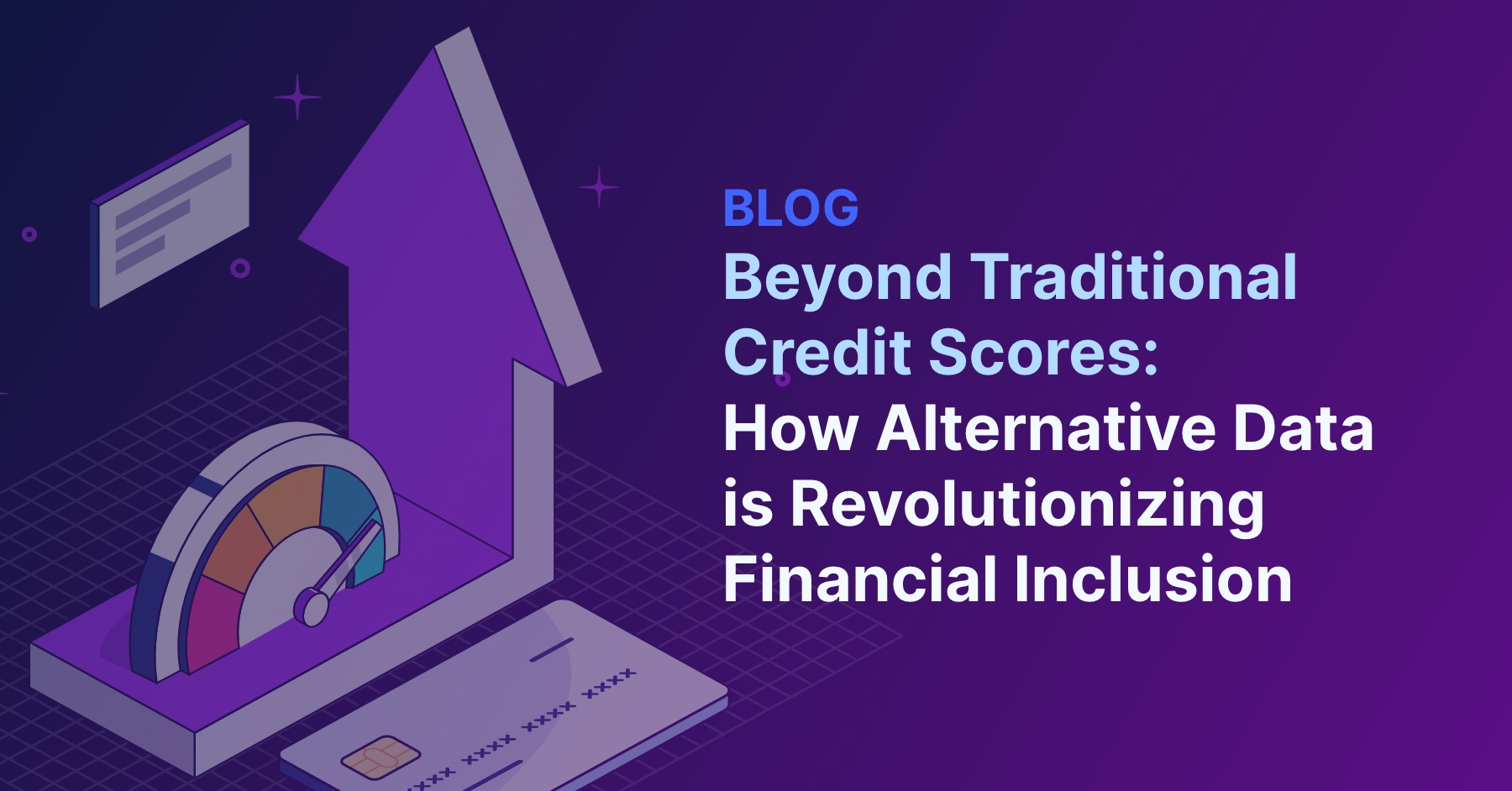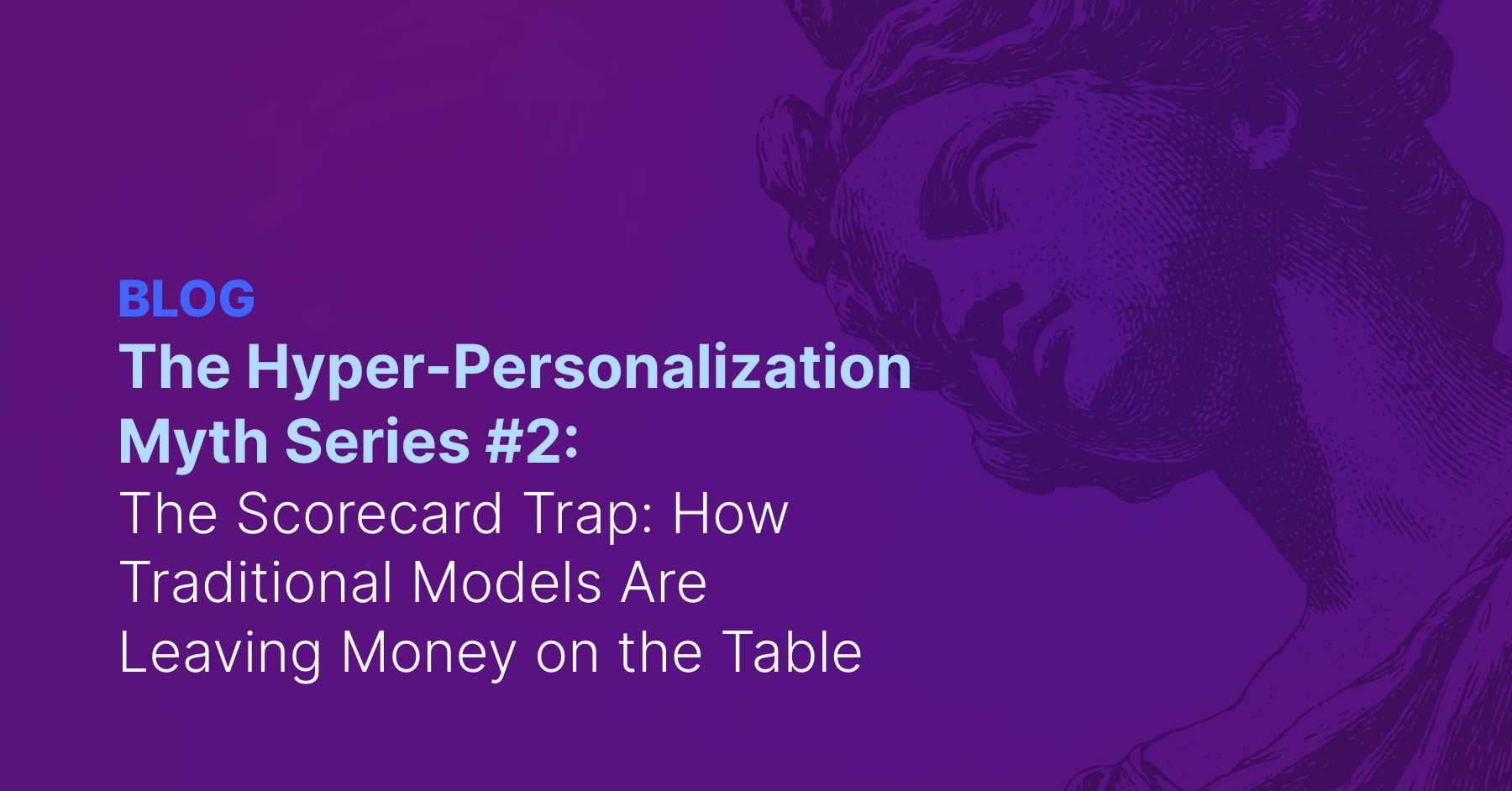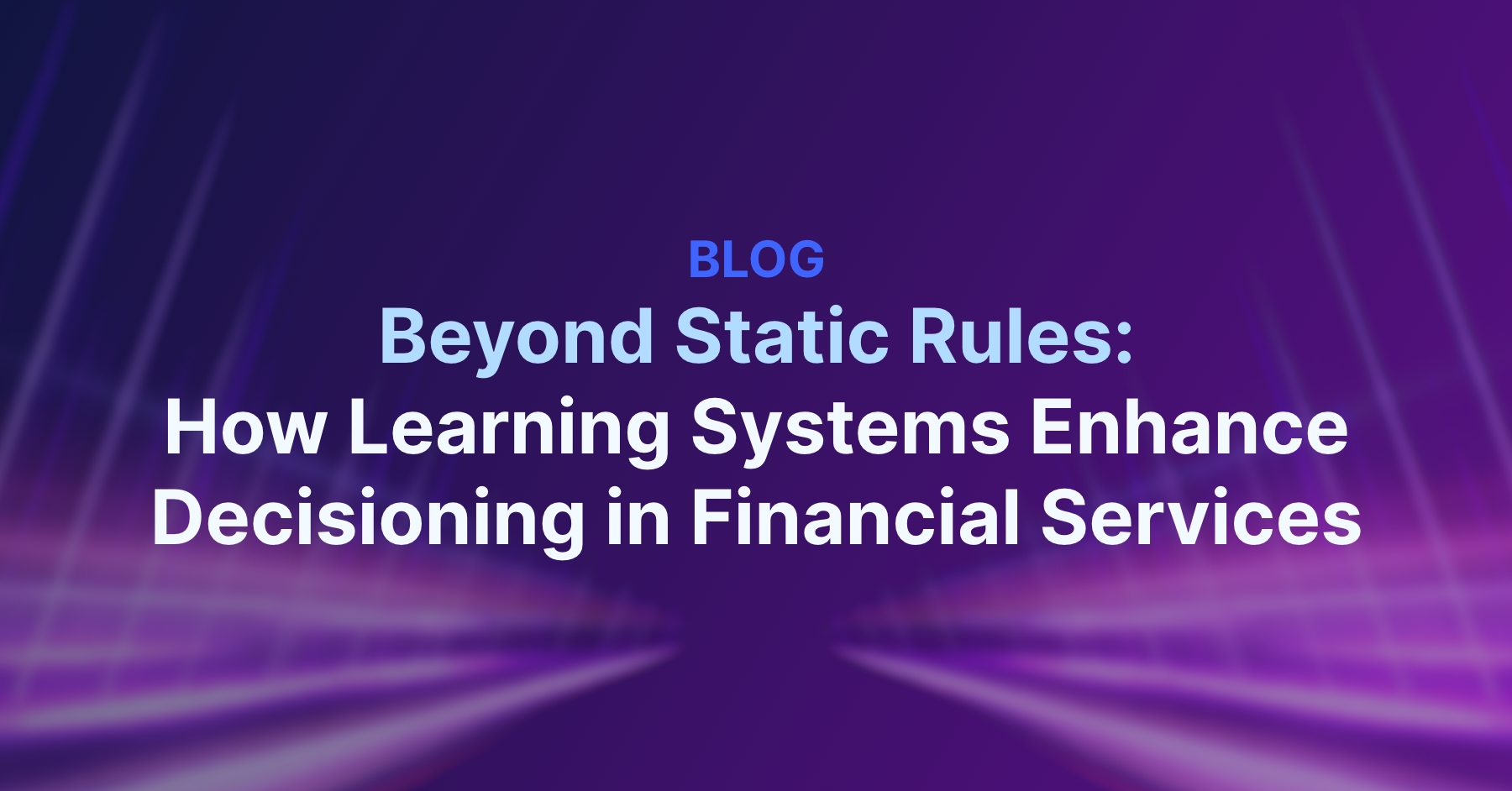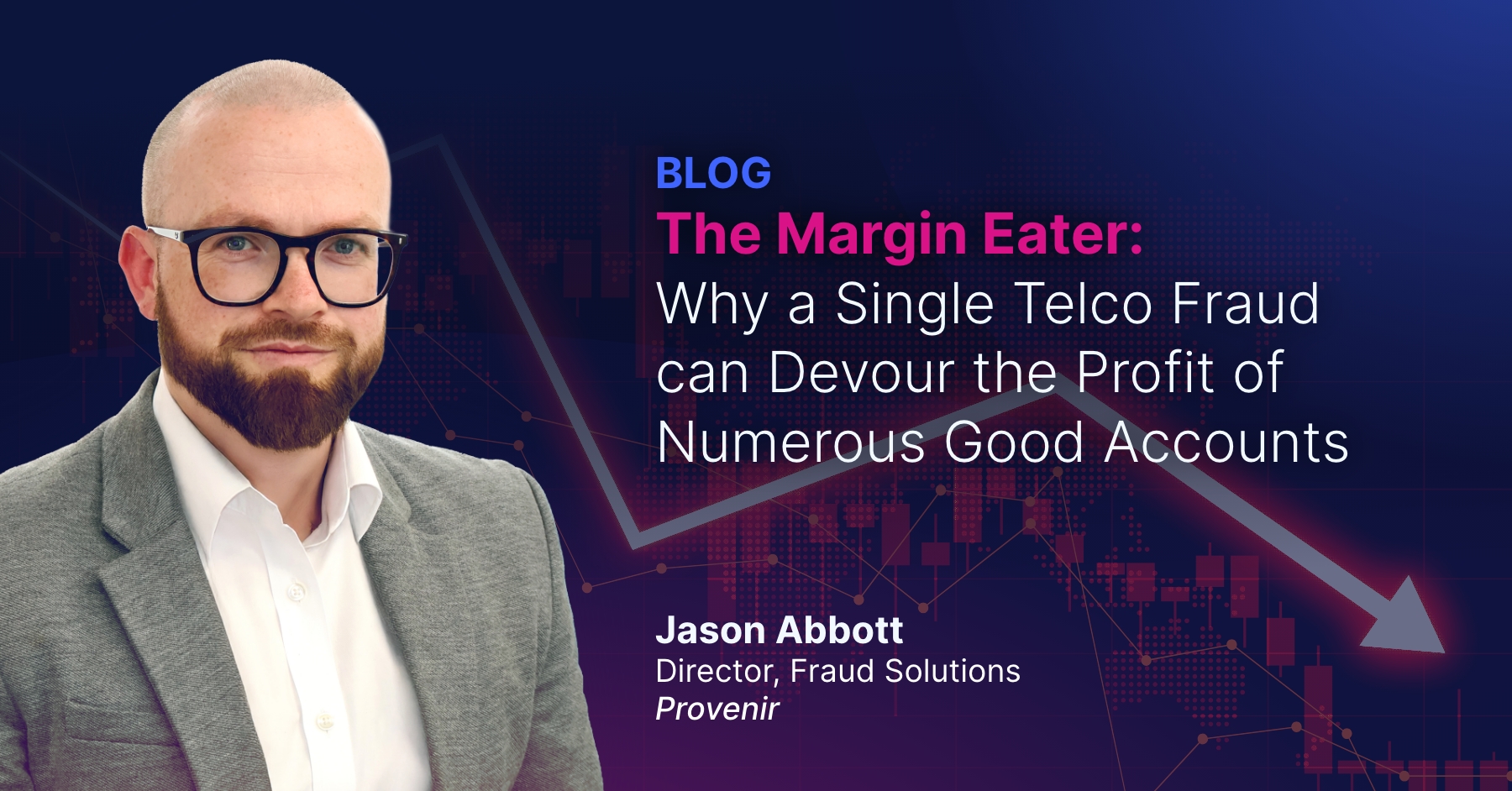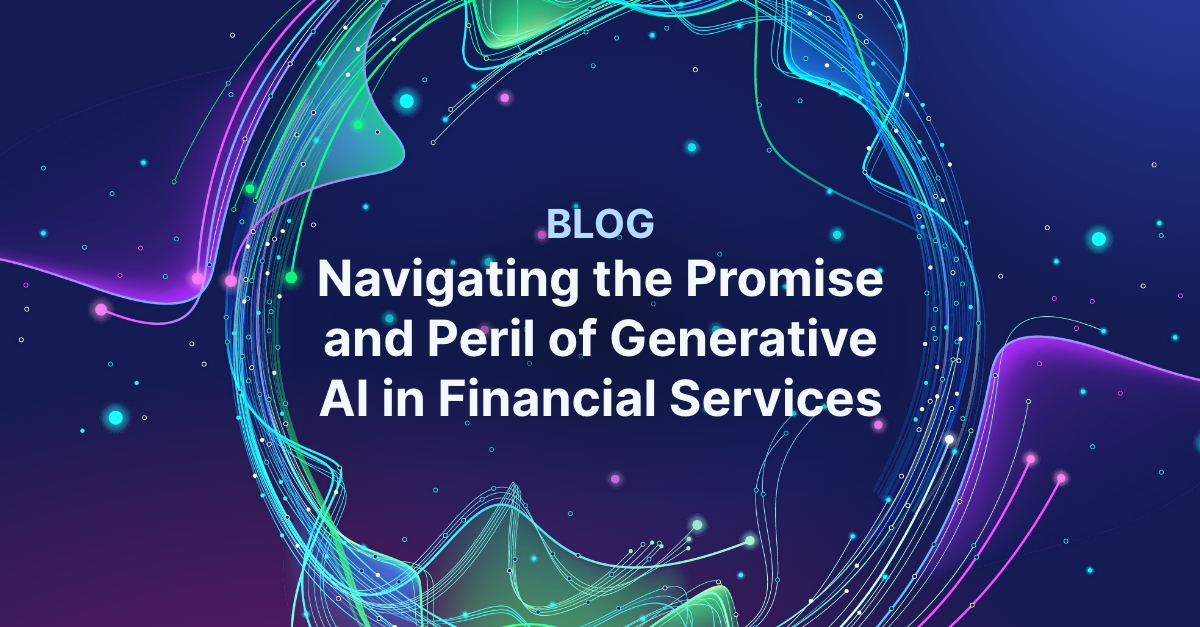From Risk Manager to Revenue Generator:
How CROs Are Becoming the New Growth Heroes

EVP Revenue Strategy, Provenir
As a Chief Risk Officer or senior executive, you’ve likely defended your risk budget in countless board presentations. You’ve explained loss ratios, regulatory compliance costs, and the value of preventing defaults. But here’s a question that might change how you position your department forever:
What if your risk team doesn’t just protect profit, but creates it.
The most profitable financial institutions have already discovered this truth. While their competitors view risk management as a necessary cost center, these organizations have transformed their risk functions into revenue engines that optimize every customer decision for maximum profitability.
Consider the numbers: McKinsey research shows that true personalization can boost revenue by 10-15% while increasing customer satisfaction by 20%. Yet when we analyze how most institutions actually make decisions, we find that most organizations believe they’re hyper-personalizing customer experiences when in reality they haven’t moved past applying predictive analytics with human judgment overlays.
The gap between perception and reality represents the difference between incremental improvements and transformational competitive advantage.
Your risk department sits on the most valuable asset in your organization: the ability to make profit-optimizing decisions for every customer interaction. While commercial teams bring customers through the door, risk teams determine whether those relationships generate sustainable returns or catastrophic losses.
The fintech graveyard is littered with companies that prioritized customer acquisition over sophisticated risk decision-making. They built beautiful user experiences, raised hundreds of millions in venture capital, and acquired millions of customers. They also gave away billions in capital because they never understood that sustainable revenue generation requires prescriptive risk management, not just predictive analytics.
Smart CROs are recognizing this inflection point. When we present this revenue-generation paradigm to risk leaders, the response is immediate recognition: “We’ve been saying this for years, but nobody listened.”
The conversation is changing. The question for your organization is whether you’ll lead this transformation or follow competitors who recognize risk management’s true revenue potential.
The Hyper-personalization Myth
Industry buzzwords create dangerous illusions. The same pattern that affects AI adoption – where everyone claims advanced capabilities while few achieve true implementation – applies directly to hyper-personalization.
Many organizations describe their approach as hyper-personalized because they use customer data to inform product recommendations. The critical distinction lies in execution methodology. Traditional approaches use predictive analytics to calculate probabilities, then apply human judgment to make final decisions about customer treatment.
This approach falls short of true hyper-personalization, which requires algorithmic decision-making without human interpretation layers.
Collections:
Traditional collections processes illustrate this distinction perfectly. Standard approaches predict customer payment probabilities and delinquency risks, then rely on human judgment to determine contact timing, communication channels, and messaging approaches.
Collections teams decide when to contact customers, whether to use phone calls, texts, or emails, and what tone to employ. These represent the when, how, and what of collections strategy – all determined by human analysis of predictive data.
True hyper-personalization eliminates human decision-making. Advanced algorithms determine optimal contact timing for each customer, identify the most effective communication channel based on individual success probabilities, and prescribe specific messaging approaches. The system drives strategy execution based on optimization algorithms, not human interpretation of predictive analytics.
Credit Line Management:
Credit card portfolio management demonstrates another critical application. Effective credit limit optimization drives transaction volume and revenue generation through both interest income and interchange fees.
Traditional approaches apply standardized credit limit policies, often resulting in customers preferentially using competitors’ cards with more suitable limits. This creates revenue leakage and reduces share-of-wallet performance.
Hyper-personalized credit line management determines optimal limits for individual customers, ensuring specific cards become primary payment methods. The algorithm optimizes for usage frequency while maintaining payment capacity, maximizing profitability for each customer relationship.
Product Recommendations:
Standard cross-sell processes predict customer preferences and acceptance probabilities for various products. Human analysts interpret these predictions to select specific products and terms for individual customers.
True hyper-personalization requires algorithmic product selection with specific terms. The optimization engine makes complete decisions by balancing multiple factors: profitability, conversion likelihood, and long-term customer loyalty. The machine prescribes the right product with optimal terms for each customer based on what will generate the best total relationship value over time.
Your Internal Data Goldmine
The best decisions come from understanding your customers deeply. You already have the information you need.
Your existing customers are your biggest advantage. You’ve seen how they bank with you: their spending patterns, how they manage credit, when they make payments, and which products they use. This history tells you what each customer actually needs.
Even more valuable is understanding how customers react to your decisions. When you increase a credit limit, does the customer use it or ignore it? When you offer a new product, do they engage or opt out? This reaction data helps you predict how individual customers will respond next time.
For customers you don’t know as well, smart analytics can help. By studying customers you understand deeply, you can identify patterns that apply to similar customers with less history. You learn from your best relationships to improve your newest ones.
Looking ahead:
Beyond your walls. Right now, most personalization uses data you already own. There’s a largely untapped opportunity in bringing together different types of information beyond credit scores: broader signals that reveal customer needs and behaviors.
Making the Transformation Real
Historical financial services decision-making relies heavily on human judgment. Even when institutions can accurately predict customer behaviors, final decisions about loan amounts, pricing, and terms often depend on subjective analysis and competitive market reactions.
Competitive positioning doesn’t necessarily optimize profitability for specific customer relationships. True optimization requires maximizing profitability for every decision rather than simply maintaining market-competitive offerings.
- The Technology Foundation
Prescriptive analytics platforms provide the technological infrastructure needed to optimize individual decisions at institutional scale. These systems integrate predictive capabilities with optimization algorithms, enabling profit-maximizing decisions for every customer interaction.
Advanced platforms process multiple constraints simultaneously: regulatory requirements, risk appetite parameters, profitability targets, and customer experience objectives. The technology enables real-time optimization across thousands of decision variables.
- Success Measurement Evolution
Revenue-generating risk functions require new measurement frameworks that capture both traditional risk metrics and financial performance indicators. Organizations must develop comprehensive measurement approaches that evaluate revenue generation, profit optimization, and sustainable growth alongside risk management effectiveness.
Key performance indicators should include revenue per customer, profit margins by customer segment, lifetime value optimization, and cross-sell success rates. These metrics demonstrate risk management’s direct contribution to organizational financial performance.
- Organizational Alignment
Effective optimization frameworks unite commercial and risk stakeholders around shared objectives, eliminating traditional conflicts between revenue growth and risk management. Properly implemented optimization serves both revenue goals and risk management requirements simultaneously.
The Strategic Imperative
- Audit current decision-making processes.
Map where human judgment currently overrides data in credit decisions, collections strategies, and product recommendations. These are your optimization opportunities. - Establish baseline metrics.
Measure current performance on revenue per customer, lifetime value, and cross-sell conversion rates. You need to quantify the improvement as you shift to algorithmic optimization. - Start with one high-impact use case.
Don’t attempt a full transformation immediately. Choose credit line management or collections optimization where you can demonstrate results within quarters, not years. Success in one area builds organizational support for broader implementation.
The technology exists.
The data exists in your systems.
What’s required now is leadership commitment to move from predictive analytics to prescriptive action.
